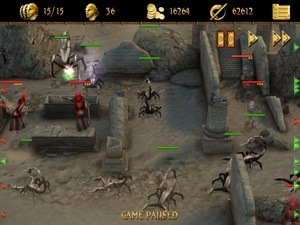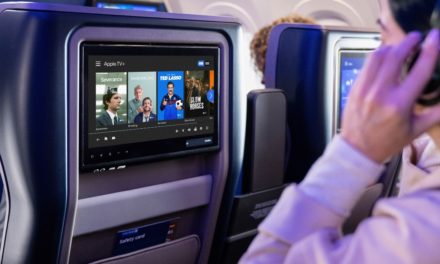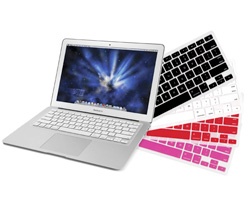In the second quarter of 2010, shipments of mini-note/tablet computers were down 4% quarter-to-quarter (Q/Q), but up 29% year-over-year (Y/Y). However, without the 3.3 million iPads shipped in the quarter, shipments of mini-note/tablet PCs would have been down 14% Q/Q and 13% Y/Y.
Clearly, there was an “iPad Effect” in the portable computer market, according to a new DisplaySearch report (http://www.displaysearch.com), which also tracks tablet computers five inches and larger. The effect might have been even more pronounced, but Apple struggled to fill demand, with shipment times listed as 7-10 business days for all of the second quarter of 2010 (Q2’10), and shipments into Japan and China were just beginning at the end of the period, says the research group.
Overall, the portable market posted strong Y/Y unit growth in Q2’10, surging 32% to 50.4M units. However, not all market segments were equal, and it’s apparent that the combination of iPads and falling ASPs took share from other parts of the mini-note/tablet computers segment and from the ultraportable segments of the market, says DisplaySearch.
Buyers chose iPad as a thin, lightweight device but buyers seeking more functionality chose larger notebooks, with only slightly higher average selling prices, the research group adds.The price gap between the average 11.6-inch ultraportable notebook and the average 15.6-inch portable notebook fell to less than US$60 in Q2’10.
DisplaySearch expects mini-notes to continue to sell well in emerging economies to first-time computer buyers. However, looking forward, they expect tablets like the iPad will continue to take market share from mini-notes and the ultraportable segment in regions where computers have high penetration rates. The industry consensus is that a successful business model for tablets will center around an a la carte method for selecting the software capabilities (apps) for the device and content consumption (though the ability to create some content will certainly be possible), as opposed to the typical computer market trend that is built upon a Windows operating system and office suite applications for content creation.
“The end of 2007 witnessed the launch of mini-notes. The first quarter of 2010 signaled the birth of the tablet computer, and possibly by extension, the beginning of the end of the mini-note market, especially in developed regions,”says John F. Jacobs, director of Notebook Market Research, DisplaySearch. “Apple has leveraged their successful iPhone business model onto the iPad. More than 50 other brands have tablets in varying stages from development to mass production. Unlike the mini-note/netbook model, which was not much more than a low-cost, basic mobile PC based on the Wintel platform, the majority of tablets have, or will, choose a combination of next generation Intel Atom CPUs or ARM-based CPUs paired with a version of Android, or in the case of HP, webOS.”
Jacobs adds: “Although Apple now holds the vast majority of tablet PC market share, the plethora of other brands that have, or will soon be launching, their own tablets are sure to capitalize on what at this point appears to be widespread consumer demand for very thin and very light devices with exceptional battery life and a primary focus on portability and content consumption.”
Revenue in the mini-note/tablet computer category was also positively impacted by the higher ASP of the iPad. Despite the Q/Q drop in unit volume for the category, revenues surged past US4 billion as average selling prices increased 21% Q/Q and 14% Y/Y.





